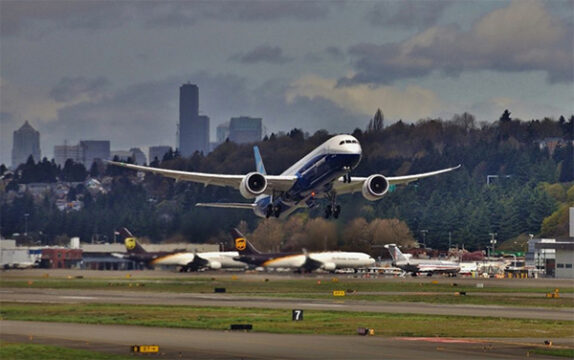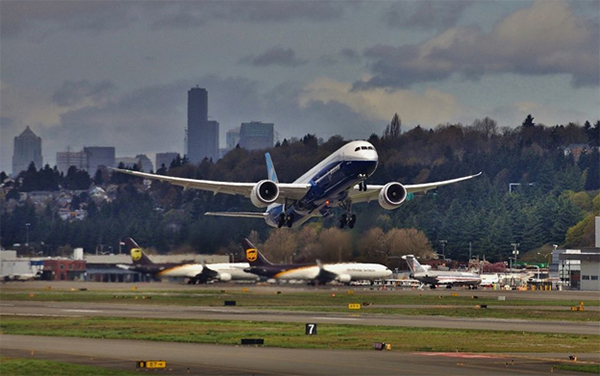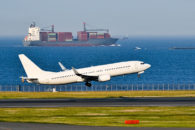
The week just ended featured a federal holiday. As is often the case at such times, it was extremely quiet in a regulatory sense. However there was one important exception to that from our international partners; the IATA released its “List of Significant Changes” to the Dangerous Goods Regulations (DGR) in the coming 62nd Edition. That edition becomes effective in January. In this week’s blog we’ll focus on that list and take a look at what it contains. See below for a summary; you can also find a link to the document itself, as well as a link to reserve your own copy of the new edition when the text itself becomes available:
IATA
As stated above the International Air Transport Association released its “List of Significant Changes” to the new 62nd Edition of the DGR. While interested professionals should of course review the primary document itself, a summary of the major points follows:
Section 1
- The list of exceptions has been revised
- In a major change, Section 1.5 (Training) has been revised to implement the long-awaited competency based training requirements, with a two year transition period form the older requirements
- The list high hazard dangerous goods has been revised
Section 2
- Revisions were made to permitted personal mobility aid requirements, personal electronic device requirements, and safety devices carried by passengers
- Changes were made regarding te inclusion of dry ice in parcels carried as post bearing UN3373
Section 3
- Additions to the classification criteria for Class A medical waste as well as changes to criteria for how packing groups are assigned to corrosives
Section 4
- Substantial revisions to the DGL, including several new UN numbers for explosives, articles, and medical wastes
- Changes to the list of Special Provisions, including both revised processes for the handling of some lithium batteries as well as changes for gas cartridges and other less common materials
Section 5
- A large variety of changes to the packing instructions, including many for Class 4 items as well as (inevitably, it seems) lithium batteries over in Class 9
Section 6
- A variety of revisions to the packaging test and certification requirements, most notably a clarification regarding the required size of UN specification certification markings on such packages
Section 7
- Clarification of marking sizes for the UN number and in a major change, a revisions downward of the minimum sizes for lithium battery handling markings (Note: current compliant markings of this type will remain compliant after January because they are already larger than the new required minimum)
Section 8
- Changes to shipper’s declaration requirements for how to document multiple overpacks, as well as revisions to the language in use on air waybills
Section 9
- The previous recommendation to include dangerous goods handling in any risk assessment by operators has been made mandatory
Section 10
- Revisions to the list of radionuclides
- Updated air waybill requirements
- A revision to the IAEA standard used as reference
- Replacement of the phrase “radiation level” by the phrase “dose rate”
Appendix A
- Various changes, additions, and deletions to the list of definitions
Appendix C
- An updated organic peroxides list
Appendices D, E, and F
- Revisions to the lists of competent authorities, packaging suppliers, and training resources respectively
Appendix H
- Revised guidance material for competency based training, as well as the addition of the (old) Section 1.5 from the 61st Edition; this reflects the changeover to a competency based standard as noted in Section 1 above
Here is a link to the document published by IATA.
For those interested, here’s a link to reserve your own copy of the 62nd edition, available soon.
Labelmaster is a full-service provider of products, shipping and training software, and professional consulting services to assist the DG and HS&E professional to comply with national and international regulations. See our full line of solutions at www.labelmaster.com.



